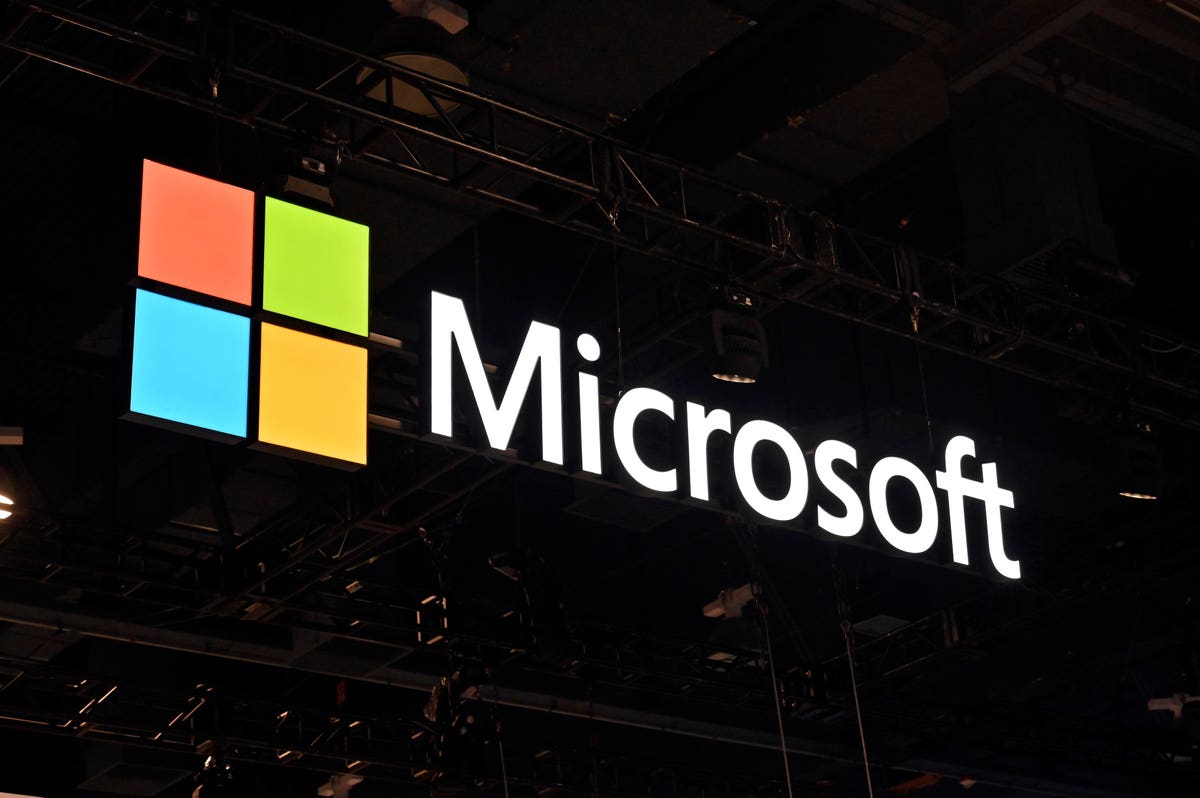Something amazing is happening with technology stocks. They are getting downgraded, they are reporting lousy financial results, and they are still going up.
Microsoft (MSFT) was front and center on Wednesday after executives at the Redmond, Wash.-based software reported mixed financial results for the second quarter, but guided analyst forecasts lower for the rest of the year.
After collapsing at the open, Microsoft shares slowly rallied to near unchanged at the close.
The strength is peculiar because the forecast was so much weaker and detailed than expectations. Satya Nadella, chief executive officer, told analysts that enterprise customers are curtailing new workflows as they work through global economic weakness. This enterprise spending collapse fits neatly into the bearish narrative that investors are way too optimistic about 2023. However, after falling to $230.90 at the open, Microsoft shares closed at $240.61, only 0.6% lower.
Investors suddenly have an appetite for all things technology.
That is not how this was supposed to play out. Analysts began January by downgrading Amazon.com (AMZN), Alphabet (GOOGL), Apple (AAPL), Salesforce (CRM), Microsoft, and Tesla (TSLA). Since then share are up 15.7%, 7.9%, 9.2%, 0.3%, and 17.3% respectively.
And strength for semiconductor issues, where the fundamental outlook is stronger, has been even brisker.
Shares of ASML Holding (ASML), the Dutch semiconductor manufacturing equipment giant, opened $15 lower before closing $11.50 higher at $681.53. It was the highest close since March 2022. It’s worth noting that business at ASML is booming despite ongoing requests by the U.S. Commerce Department for ASML to stop selling its high-end lithography machines in China.
Third quarter financials reported on Wednesday showed revenues climbing to $5.7 billion, up 10.3% year over year. Earnings per share beat the FactSet analyst consensus estimates by 23.9%. Peter Wennick, chief executive officer, said 2023 sales will be up 25%. ASML shares in 2023 are up 24.7%.
It’s difficult to know how much longer the current rally will last. February could bring new trouble. However, professional money is clearly moving away from defensive stock groups such as consumer staples, and into big technology. This is a risk-on trade and it is bullish.
Bears will argue the advance is a classic bear market rally, with big resistance for the Nasdaq 100 index at 12,022, its 200-day moving average. That is only 1.6% above current levels. Bears say expect stocks, especially technology issues, to get squashed there.
The strength for Microsoft seems to say differently, though. Some investors are clearly looking beyond the weak guidance for 2023.
Keith Weiss, an analyst at Morgan Stanley, said in a note to clients that the secular growth trends at Microsoft remain strong. Its cloud business in December exceeded expectation. He also points to the expectation of low single digits operating expense growth in the June quarter. Reduced spending coupled with layoffs should yield better profit margins.
The second quarter results at Microsoft showed revenues rising 2%, to $52.7 billion. Profits came in at $16.4 billion, down 12%, as margins slipped to 35%, a decline of 22.6%.
The bright spot was Microsoft Cloud revenue, up 29% to $27.1 billion, and Productivity, up 13%, to $17 billion. Revenue from Personal Computing sunk 16%, to 414.2 billion.
It’s always valuable to watch for stocks that perform the opposite to expectations. I’ll never forget the day the old Merrill Lynch rose sharply in value after a horrendous earnings report in the first quarter of 2003. That marked the end to that era’s bear market. Likewise, strange as it may seem, Microsoft, and other tech shares are riding a momentum wave that could carry them much higher in the months and year to come.
Discover the secrets to successful investing with our Strategic Advantage newsletter. Try it now for just $1!
Read the full article here







